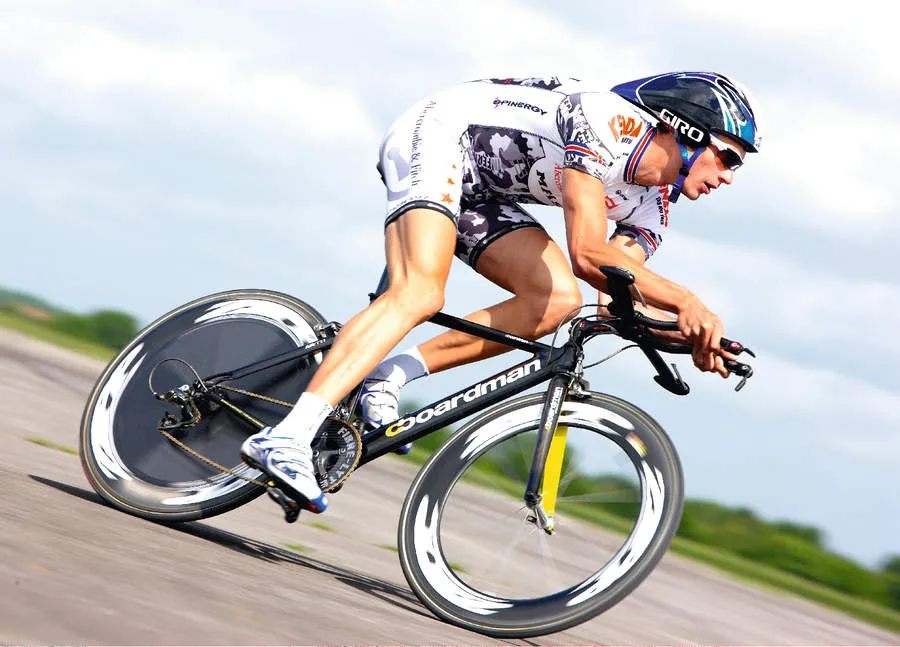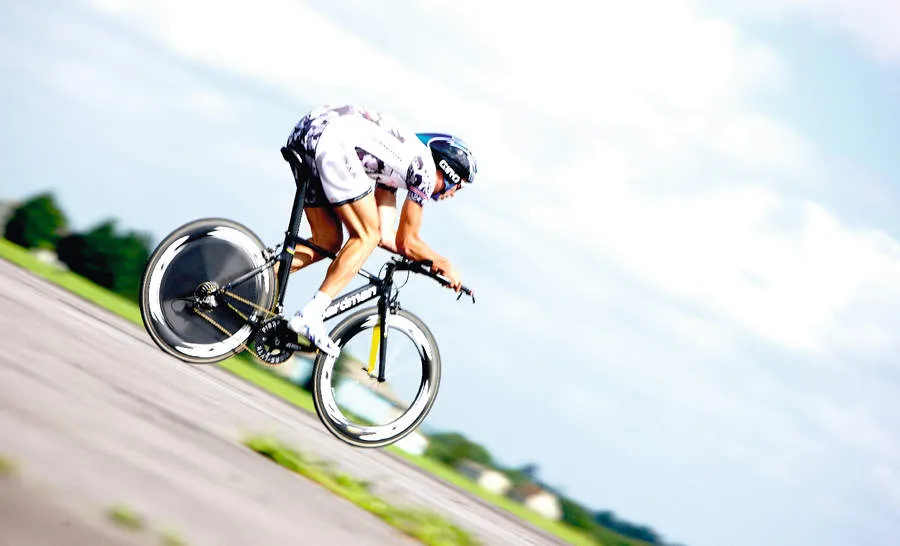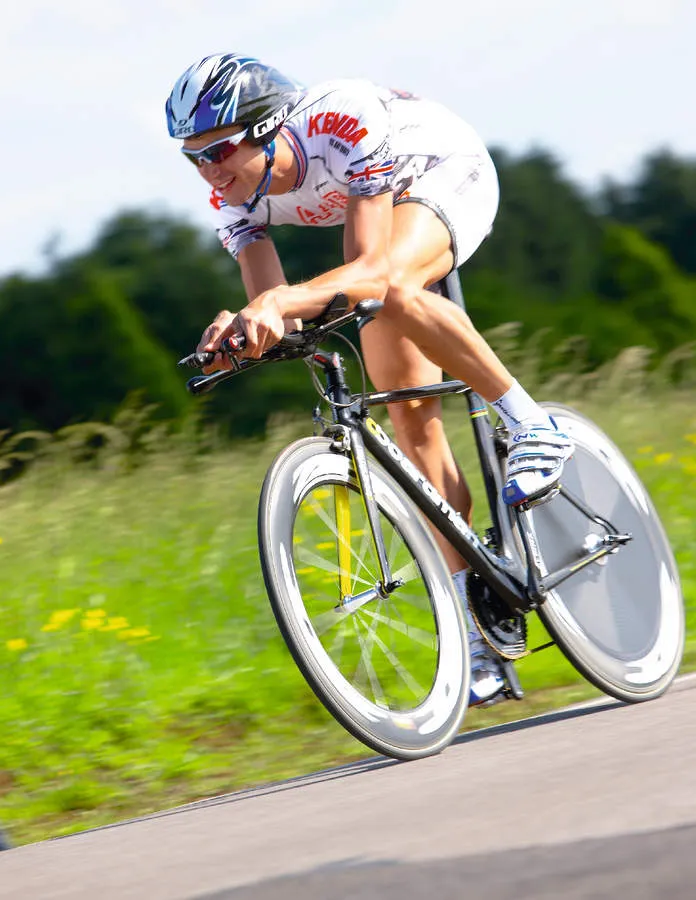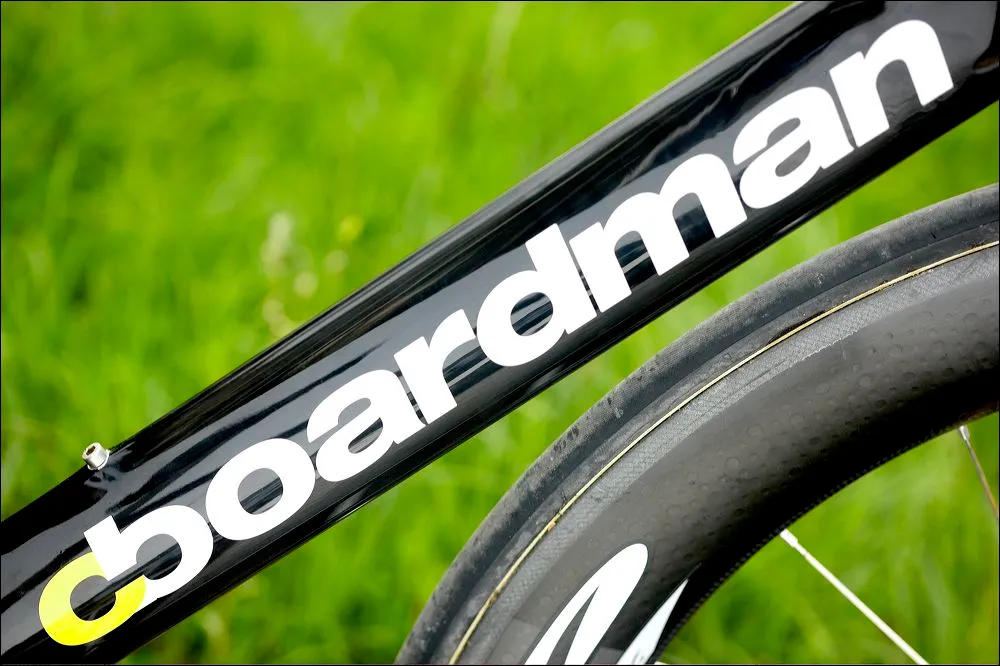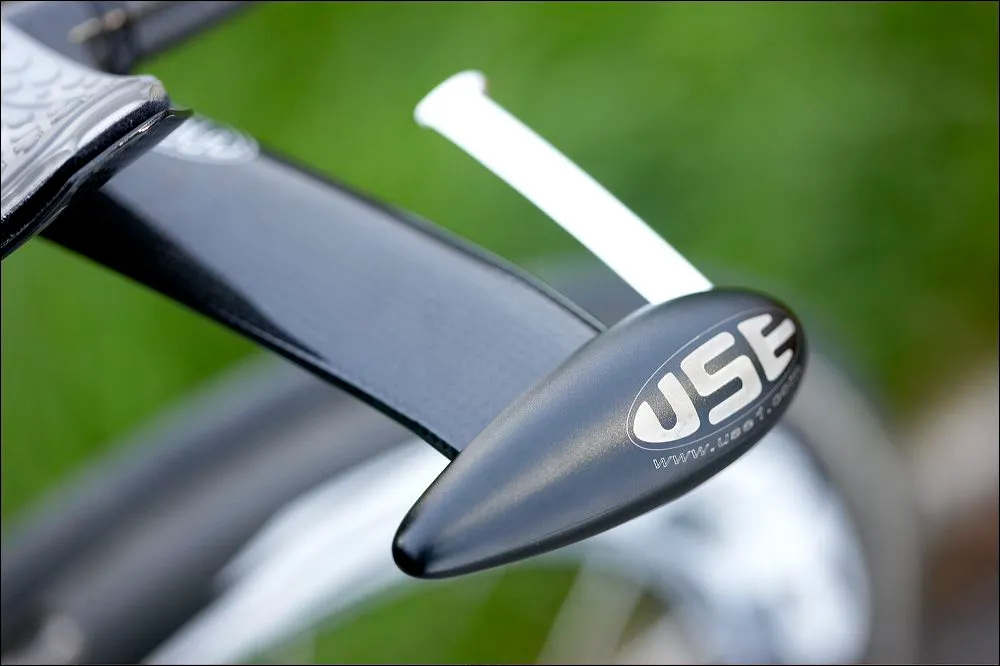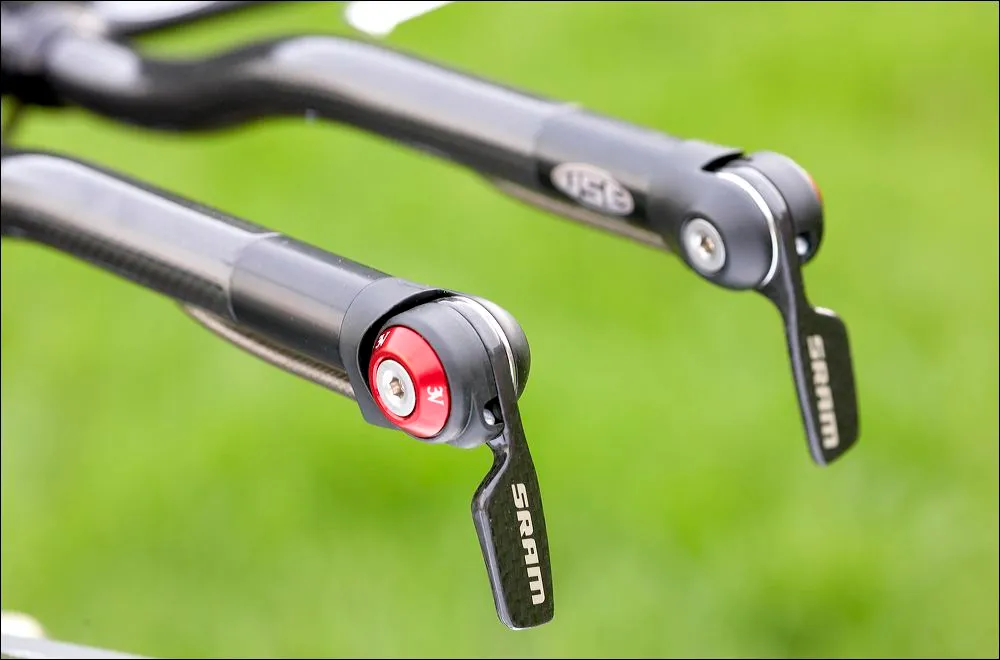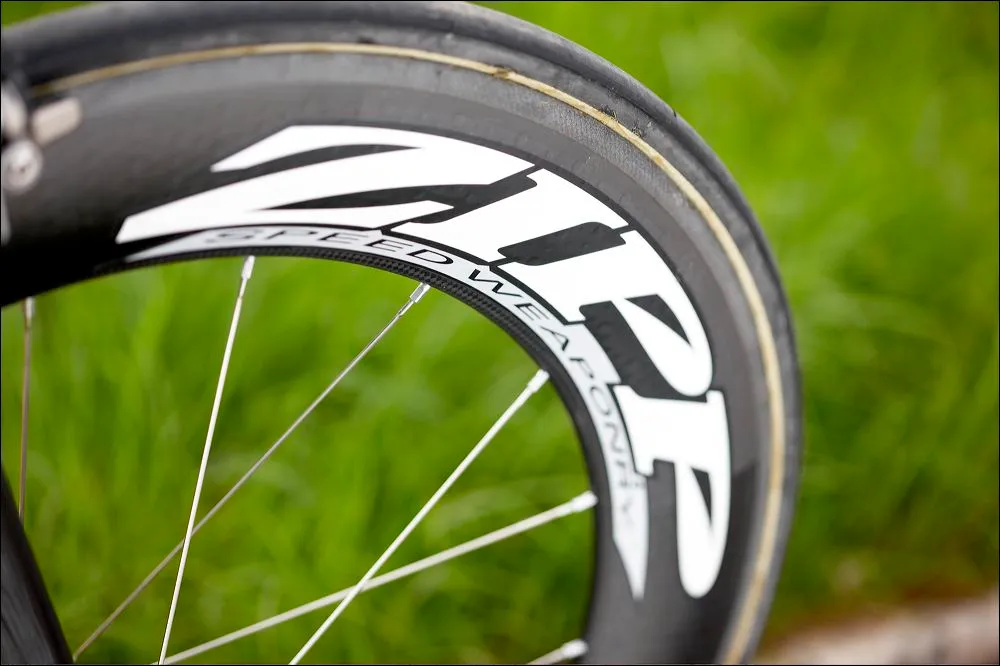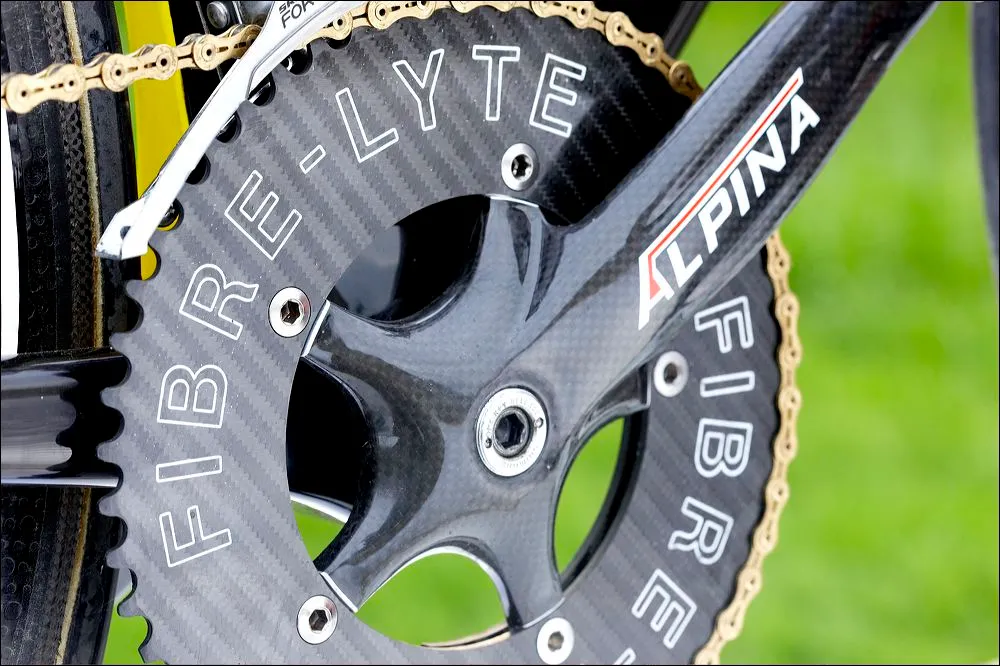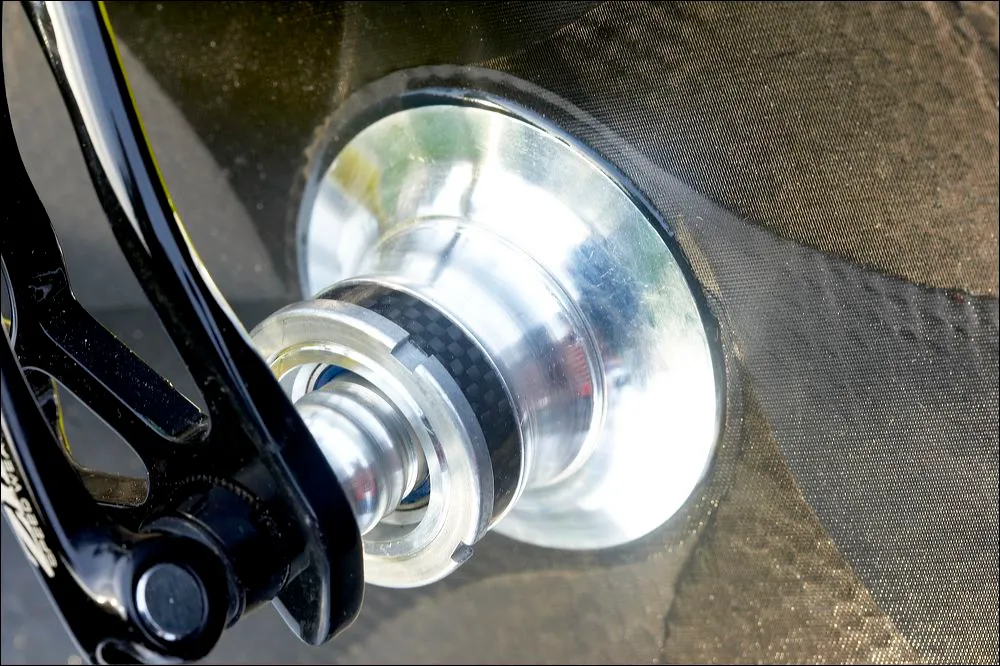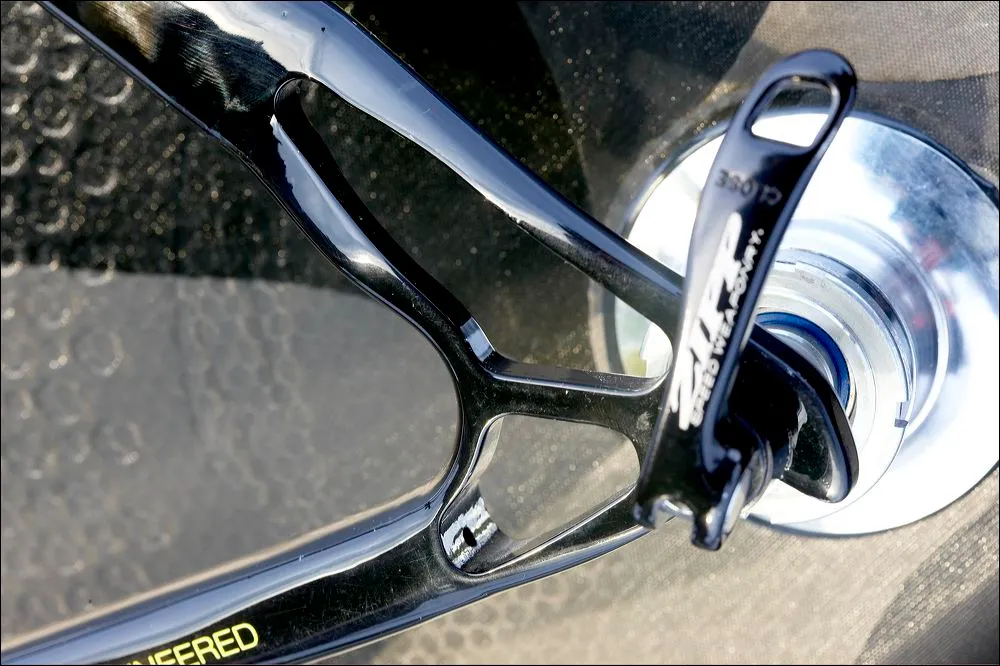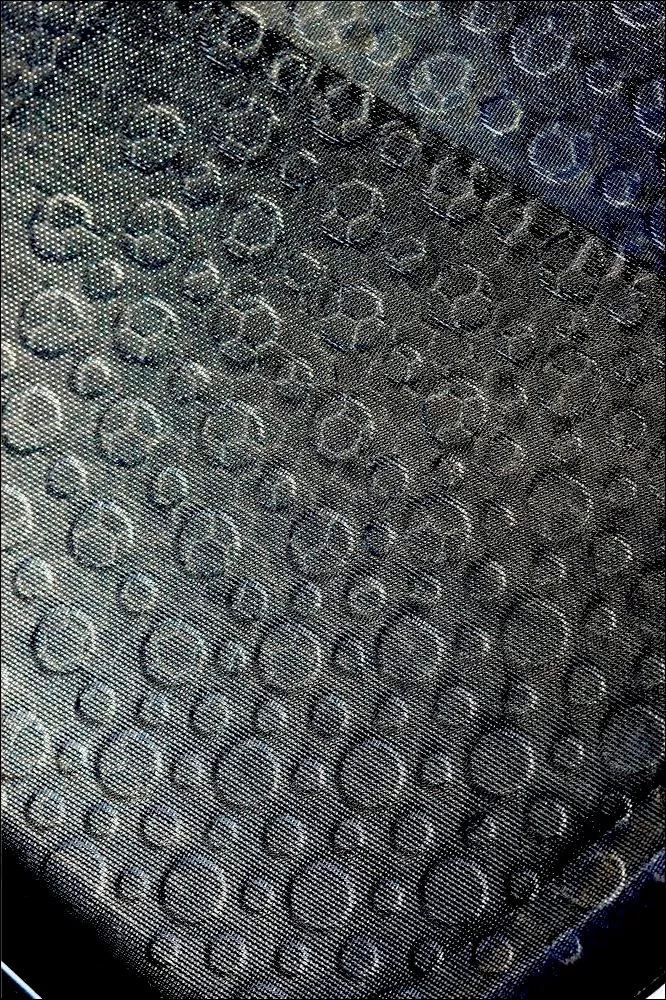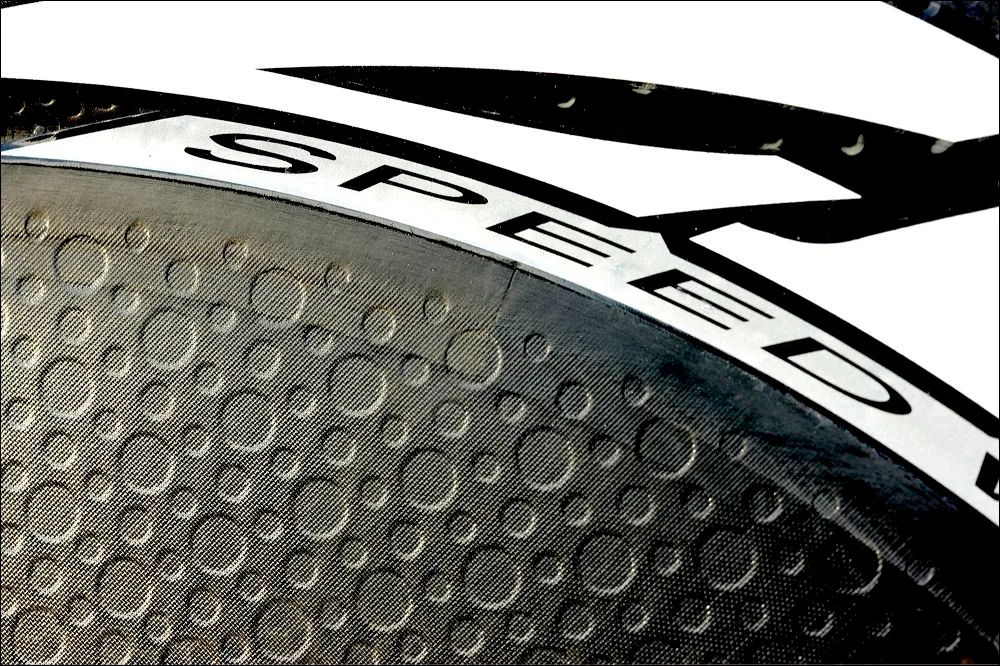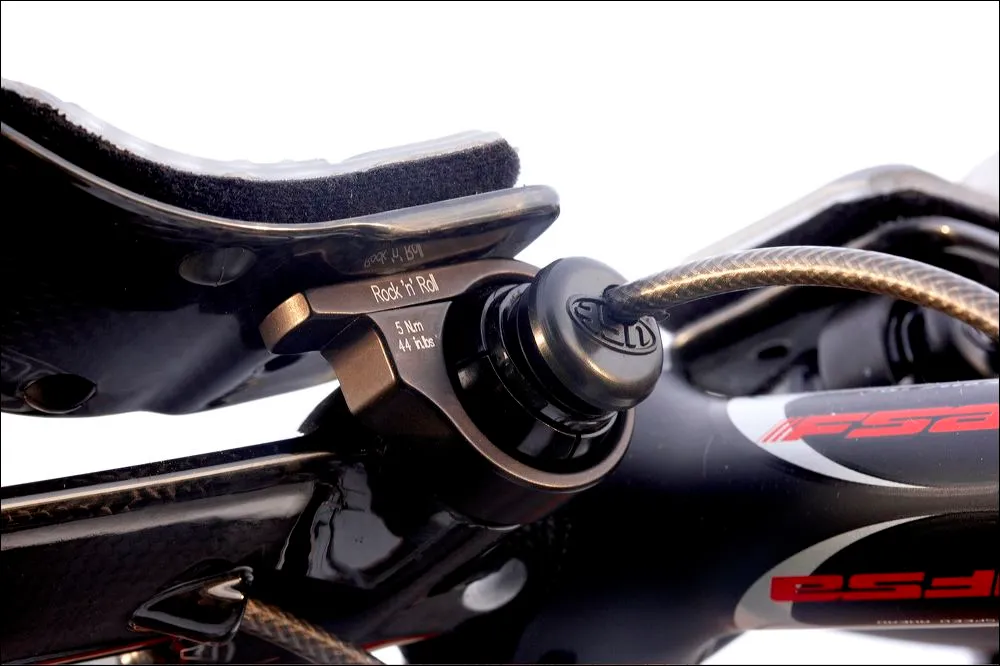Chris Boardman was Britain’s finest time trial rider of his day. The TT Elite was designed by Dimitris Katsanis, creator of the bikes that carried the British team to total dominance at the 2008 track world’s. With that pedigree, you’d expect this to be one amazing time trial bike. You’d be right.
The TT Elite differs from the British track team bikes mostly in having cable routing and derailleur hangers. It’s the best-performing time trial bike that we have ever tested by some margin.
Ride & handling: quick, stiff & eye-catching
Turn up at any time-trial or triathlon with the Boardman Elite on your roof rack and you’ll soon be drawing inquisitive glances from other riders. These may turn to questions as people contemplate the qualitative effects of a short head-tube and want to know your personal best times for a ‘10’.
You might want to have some useful times under your belt if you are to avoid being regarded as an ‘all the gear, no idea’ type.
But then again, who cares? If you want it and can afford it then buy it, because it definitely will make you faster.
Frame stiffness was exemplary and this translated to a sense of pace and acceleration comparable only with the Cervélo P3.
The Elite also makes it easier to stay ‘on top’ of the gear on an undulating course to the extent that we found ourselves changing gear less often than on any other TT bike we have ridden.
The Elite’s small fork offset and the Zipp 808 front wheel we chose also virtually eliminate any effect that crosswinds have on the steering. We think many buyers will make a similar wheel choice.
Frame & fork: understated but designed for speed
At first glance, the Elite is a conservative looking design compared to similarly priced time-trial frames; there’s no aero bayonet-type slimline forks, nor even a 3K carbon finishing layer to admire. But it does share the reversible seatpost design of other contemporary time-trial machines that enables an effective seat-tube angle of either 73 or 78 degrees.
The three available frame sizes are based on top-tube length so it’s best to choose one that gives the right reach and knee clearance based on your preferred integrated tribar.
As the rear wheel cuts into the profile of the seat-tube, we had to trim 4cm from the bottom of the aero seatpost using a hacksaw (and dust mask of course) so that we could lower it. Most will want to get this modification done by a professional at the point of sale.
With the seatpost on this size 20 positioned to provide a 74-degree seat angle (creating an effective 55cm top-tube dimension) we found enough range of adjustability with the USE Tula tribars and appropriately positioned headset spacers to get a 1.8m rider perfectly set up.
Equipment: top flight spec for performance
While creating a road bike good enough for Premier Calendar racing can be a reasonably affordable exercise, building a top level TT bike can easily run into twice the expenditure. Our Boardman did, especially by the time we’d added carbon tribars, and those specialist wheels.
We selected the USE Tula tribars (£450) in keeping with the British flavour of the test. Their elliptical handholds resemble aeroplane fuel pods, and the bars on Chris Boardman’s record-breaking Lotus bike.
These pods incorporate aero brake levers that sit directly in front of the base bars’ elliptical section. Their performance makes for safe braking, but you’ll have to relearn finding them in this new position.
The 42/53 tooth carbon chainrings are from UK firm Fibre-Lyte and, while they’re pricey at £79 each, if you’re already spending big bucks on the rest of the bike you may as well make it look good too.
With no gradients to scale in most time-trials, low absolute weight is of secondary importance, so we chose to complete our Elite frame with SRAM Red rear mech (£199) and its new TT levers (£129).
These provide better ergonomics than the more commonly used Shimano Dura-Ace bar-end shifters that were originally intended for tandems and cyclocross bikes.
The SRAM levers point forward in a 45-degree angle in top gear so they start at a less acute angle than Shimano’s, and are more naturally placed for your fingers and thumbs to grip and to change gear with. The indexing has a light action and despite the long cable run, shifts are always fast and smooth even under pressure.
Wheels: highly developed speed
A rear disc wheel is at the heart of a great looking time-trial bike and the Zipp Sub9 disc (£1599) is claimed to create negative drag with the wheel at 15 degrees to the wind.
The GB time-trial squad may use the popular Mavic disc rear and Mavic Io four-spoke track wheel combination for the marble-smooth Beijing time-trial course but for the sake of practicality on British roads we have selected the deep section Zipp 808 carbon front wheel (£625) – probably the most aero wheel aside from a disc wheel.
The combination is no bargain but these are probably the most highly developed aero wheels you can buy and they certainly feel fast too.
